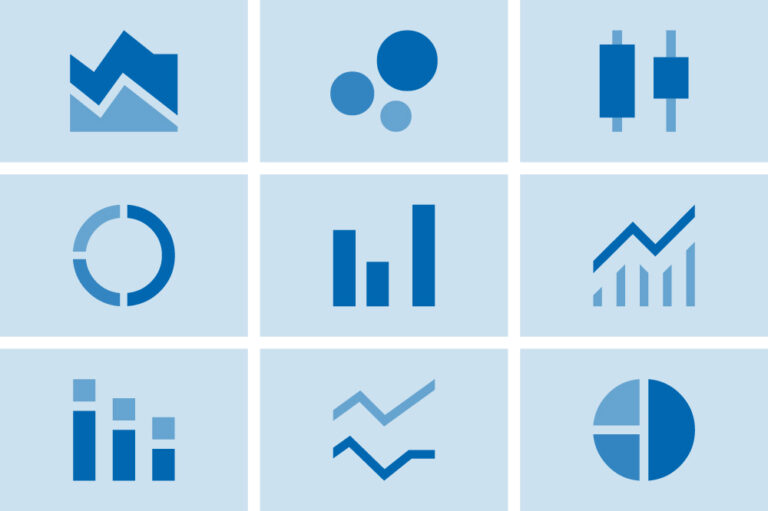America’s high and rising national debt threatens our economic future. But by choosing a smarter path, we can create a positive environment for economic growth, opportunity and prosperity. The problem is serious, but the math is simple: every year, as a country, we spend more than we take in. This fundamental mismatch between spending and revenues adds trillions to the national debt, weakening our economy and adding a burden on future generations.
As debt rises, so do interest costs, which can squeeze out investments such as education, infrastructure, and research and development as well as spending on federal programs that protect the most vulnerable Americans. Increased federal borrowing also crowds out private investment, limits the ability of the government to respond to the unexpected, and diminishes our leading role in the world.
The good news is that we can choose a brighter future. Building a strong fiscal foundation creates conditions that encourage economic growth: an environment with greater access to capital, increased public and private investments, enhanced business and consumer confidence, and a solid safety net. In turn, those factors improve the lives of Americans by supporting a vibrant economy with rising wages and greater opportunity, productivity, and mobility.
Key Drivers of the National Debt
America’s unsustainable fiscal outlook is the result of a structural mismatch between the amount of revenues that the federal government collects and the amount of spending in the budget. There are four fundamental drivers of this mismatch.
Demographics — The Aging Population
Over the next 25 years, a major driver of rising federal spending is the aging of America’s population. With the retirement of the baby-boom generation and increases in life expectancy, the number of people age 65 and older is increasing much faster than the working-age population, putting significant financial stress on federal programs like Social Security and Medicare.
Rising Healthcare Costs
America has the most expensive healthcare system in the world, but we don’t have the results to show for it. On a per capita basis, healthcare spending in the United States is nearly twice the average of other wealthy countries — yet our health outcomes are generally no better than those of our peers. In fact, in some cases the outcomes are worse, including areas such as life expectancy, infant mortality, asthma, and diabetes. Combined with the demographics of a rapidly aging population, America’s inefficient, underperforming healthcare system drives rapid growth in federal spending. Not only will more Americans qualify for federal healthcare programs like Medicare in the coming years, but older people, on average, need more healthcare. Consequently, without reform, the federal budget will bear the unsustainable cost of rapidly growing healthcare bills.
Increased Interest Costs
As the national debt grows, so too does the cost of servicing that debt. Interest costs are currently the fastest-growing “program” in the federal budget — exceeding the growth of Social Security or Medicare — and will total $13.8 trillion over the next decade according to the Congressional Budget Office. Interest costs are like paying more for the past than for the future, as they crowd out the nation’s ability to invest in other priorities, like education, transportation, or research and development.
Inadequate Federal Revenues
It would be one thing if our tax code were designed to fund all the promises we’re making, but it’s not. The U.S. tax system does not generate enough revenues to cover the spending levels lawmakers have approved.
Our tax code is also overly complex, confusing, inefficient, and unfair. For example, it remains riddled with tax expenditures, or "tax breaks," that provide financial benefits to specific activities, entities, and groups of people. Those tax breaks, which totaled nearly $1.9 trillion in 2024, increase annual deficits and can create market distortions that are damaging to economic growth and productivity.
Additional Fiscal Outlook Resources:
- Congressional Budget Office, The Budget and Economic Outlook: 2025 to 2035
- Government Accountability Office, The Nation’s Fiscal Health
- US Department of the Treasury, Financial Report of the United States Government

